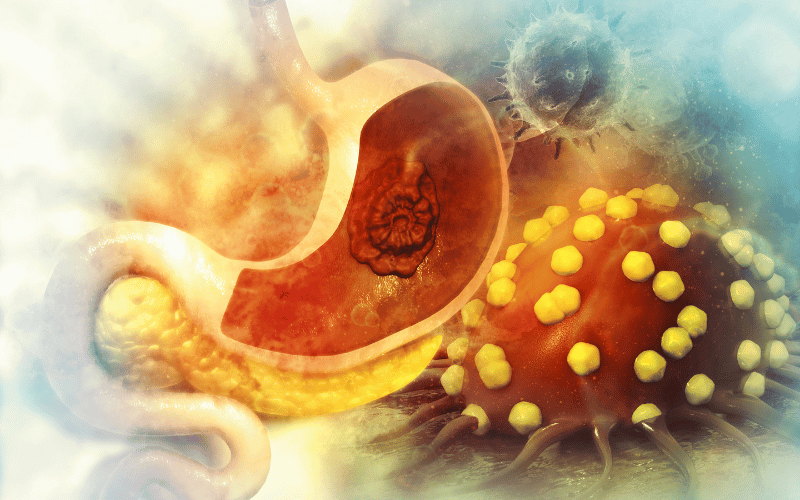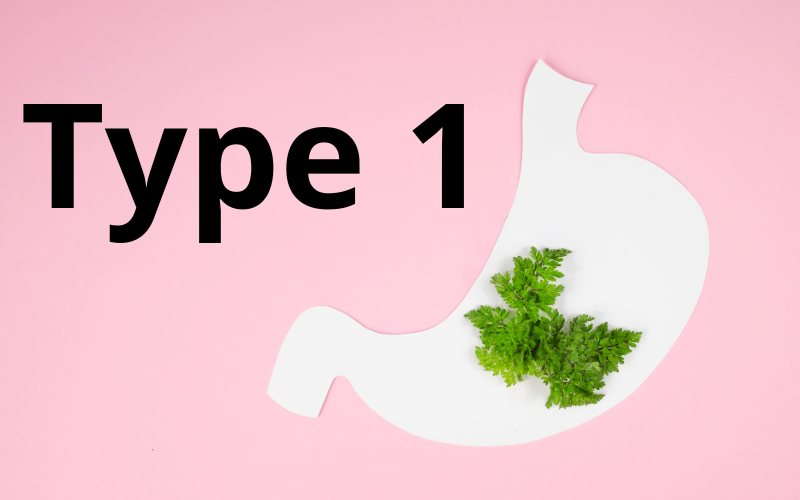Introduction: The Intricacies of Gastric Cancer

Gastric cancer, a malignancy arising from the stomach, presents a multifaceted problem in the medical world. The stomach, a crucial part of our digestive system, is continuously exposed to a myriad of external and internal factors. These factors, ranging from the foods we consume to the stress we experience, can predispose individuals to developing gastric malignancies. Understanding the spectrum of these malignancies can pave the way for early diagnosis, improved treatment modalities, and better patient prognoses.
The world of medical research has identified several types of gastric cancers, each with its unique characteristics, symptoms, and treatment methodologies. As we dive deeper into the topic, it becomes evident that each type is not just a medical term but represents a different journey for the patient, from diagnosis to treatment and recovery. By shedding light on these variations, this article aims to empower its readers with knowledge, be it for academic purposes, personal understanding, or to aid someone they know who might be battling this disease.
Type 1: Adenocarcinoma of the Stomach

Adenocarcinoma often starts its insidious onset with something as benign as persistent indigestion. Unlike typical digestion issues we might face after a heavy meal or due to certain foods, this discomfort lingers. It doesn’t merely come and go; it sets camp. This form of indigestion can feel like a constant, gnawing discomfort in the stomach. It might get mistaken for standard acidity or heartburn initially. Yet, over time, it fails to respond to common over-the-counter remedies and intensifies, raising red flags about the underlying cause.
When we think of weight loss, it’s usually in the context of dieting, exercise, or lifestyle changes. However, in the realm of adenocarcinoma, the weight loss comes uninvited. Patients might notice a decline in their appetite. Foods they once loved might suddenly seem unappetizing. Even when one does eat, the body seems to burn through these resources rapidly. This isn’t merely shedding a pound or two. This refers to significant weight loss over short intervals, without any tangible change in daily routines or diets.
Pain, in this context, is not the occasional cramp or twinge we all face. It’s a consistent, troubling sensation. Initially, it might manifest as a dull ache – especially prominent post meals. Over time, it could escalate in intensity, sometimes becoming sharp or stabbing. This recurring pain can push patients to start avoiding meals or specific foods. The very act of digestion becomes a chore, with the stomach protesting with every bite consumed.
Vomiting is our body’s way of rejecting something it perceives as harmful. In the context of adenocarcinoma, it’s a distress signal. While an occasional bout might be dismissed as food poisoning or a bug, chronic bouts raise concerns. What makes this symptom particularly alarming is the potential presence of blood. Initially, it might appear as streaks, but as the condition progresses, the amount might increase, giving the vomit a coffee-ground appearance.
The challenge with diagnosing adenocarcinoma early lies in its generic symptom profile. Many of its early signs mimic common gastrointestinal complaints. However, the key difference lies in persistence and progression. It’s essential for individuals to stay attuned to their bodies. At the slightest suspicion, especially when multiple symptoms co-exist, medical consultation becomes imperative. After all, early detection is the cornerstone of effective treatment, and when it comes to malignancies like adenocarcinoma, time truly is of the essence. (1)